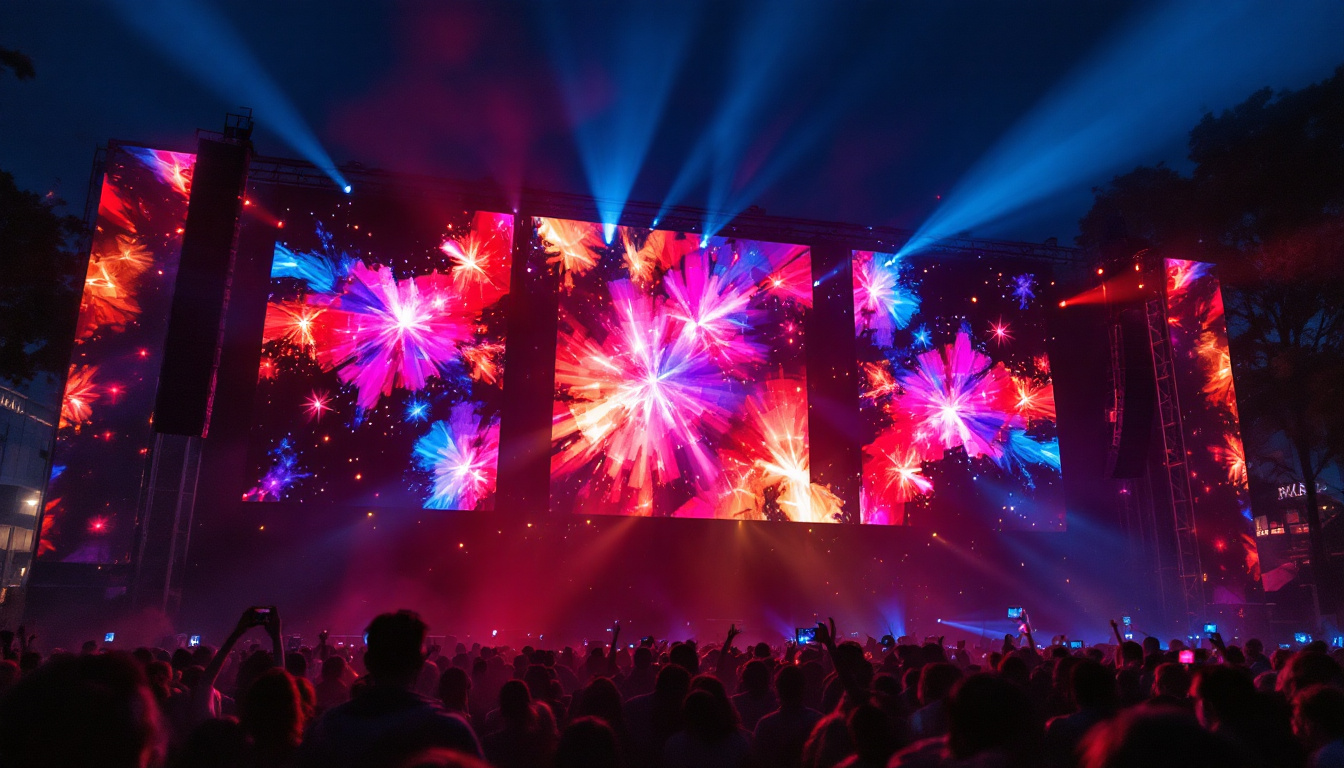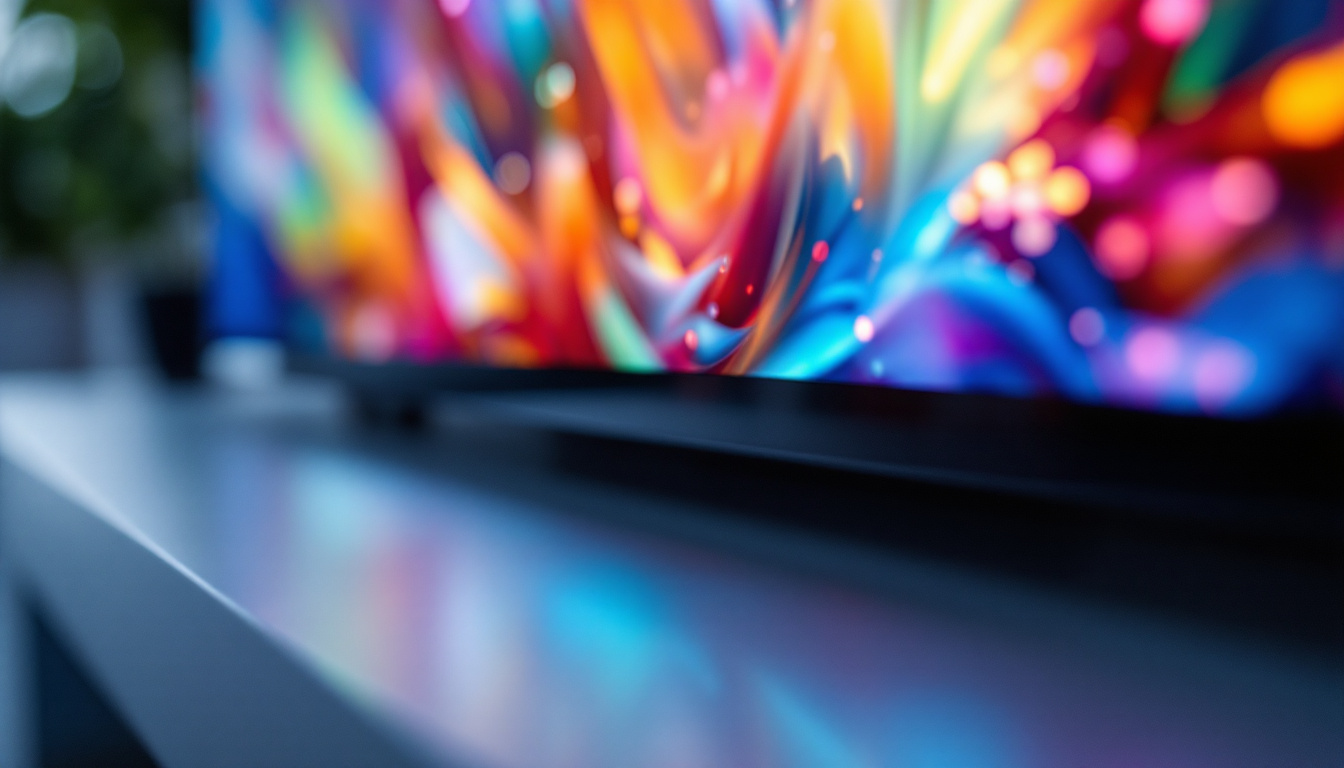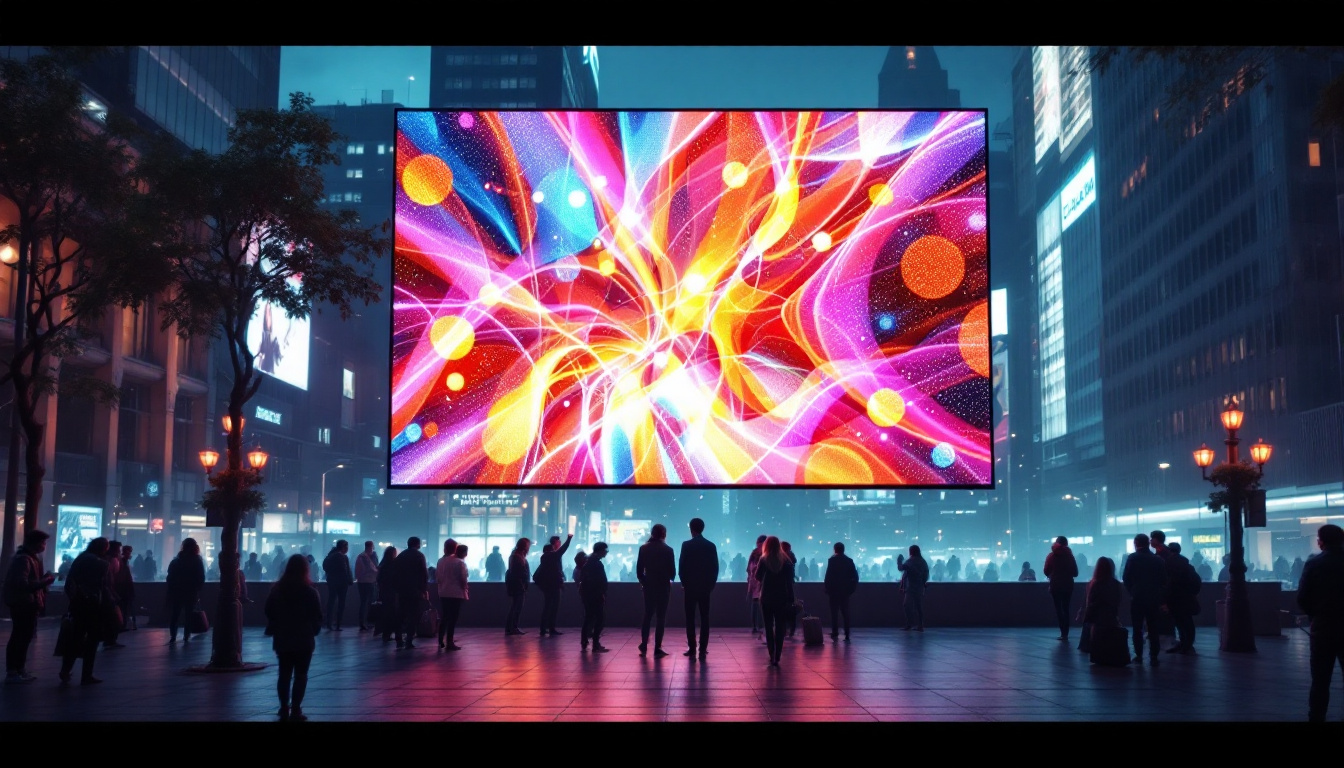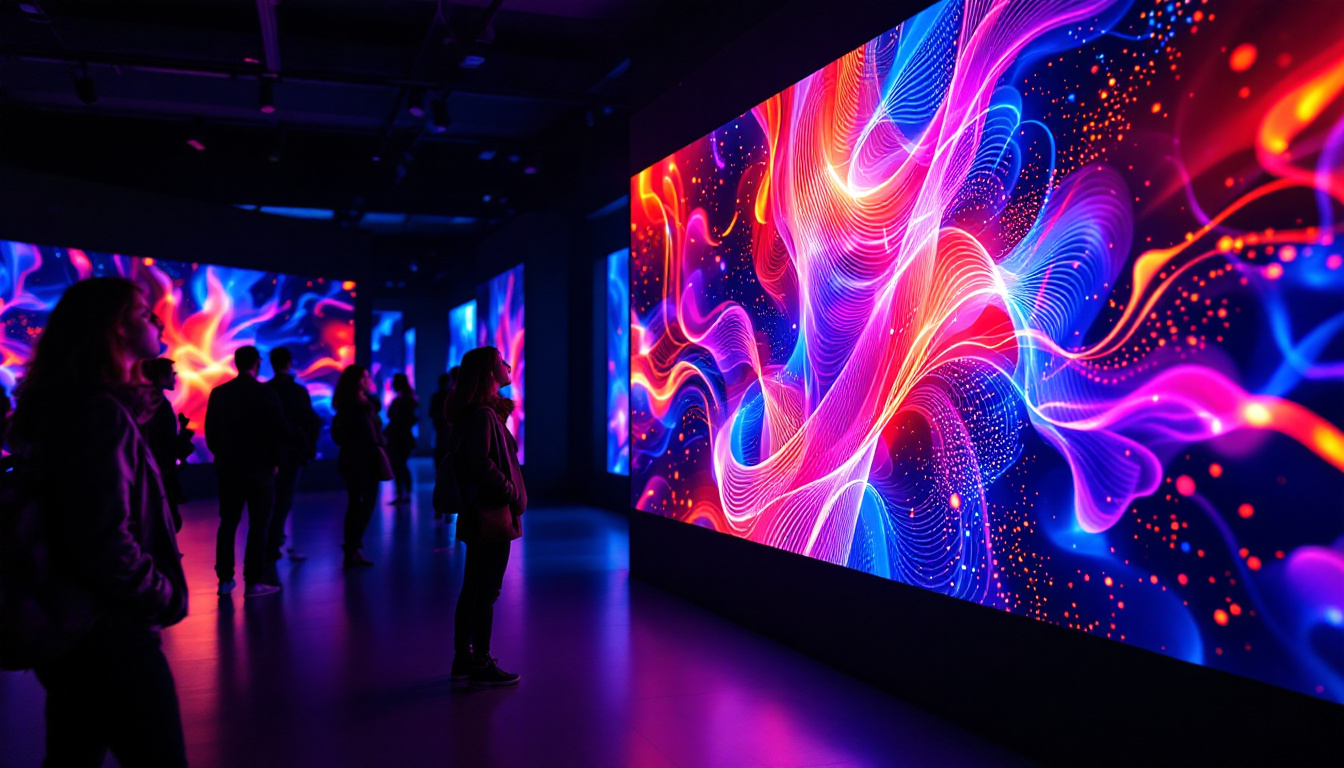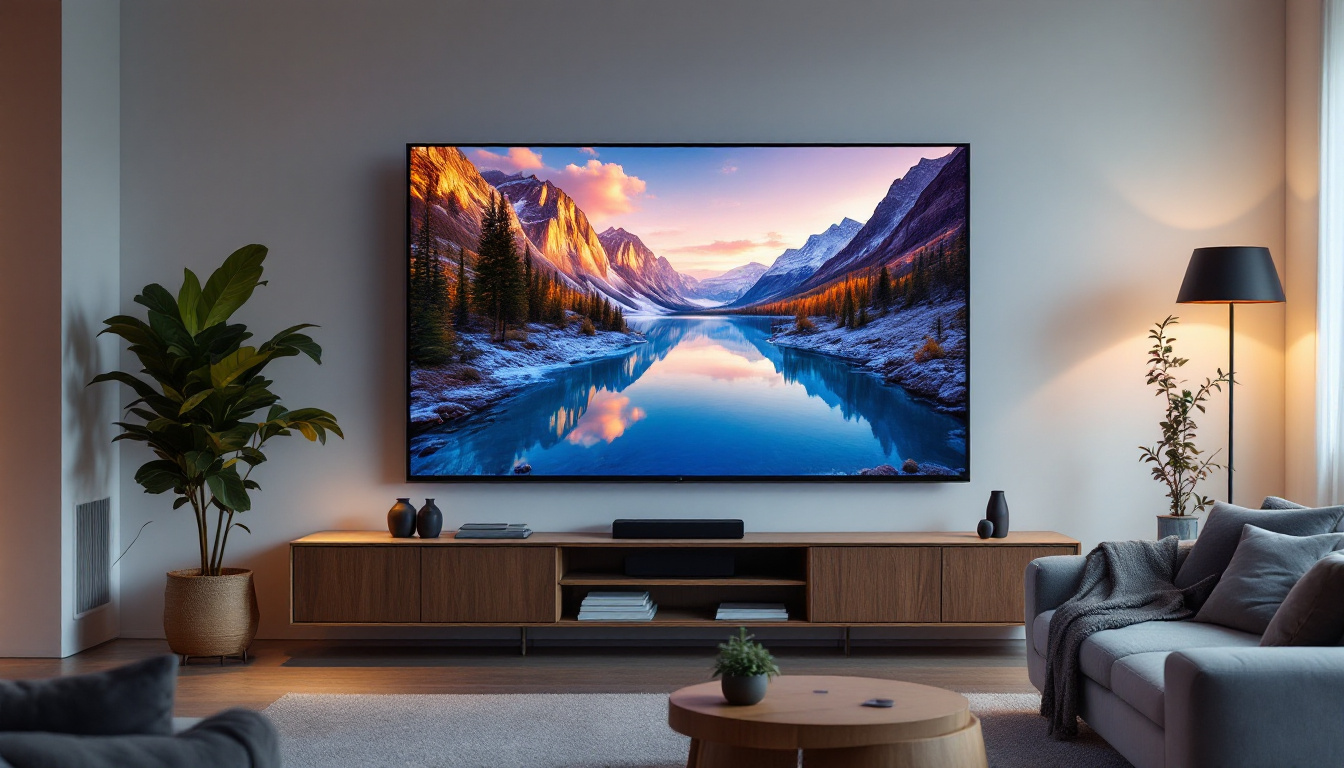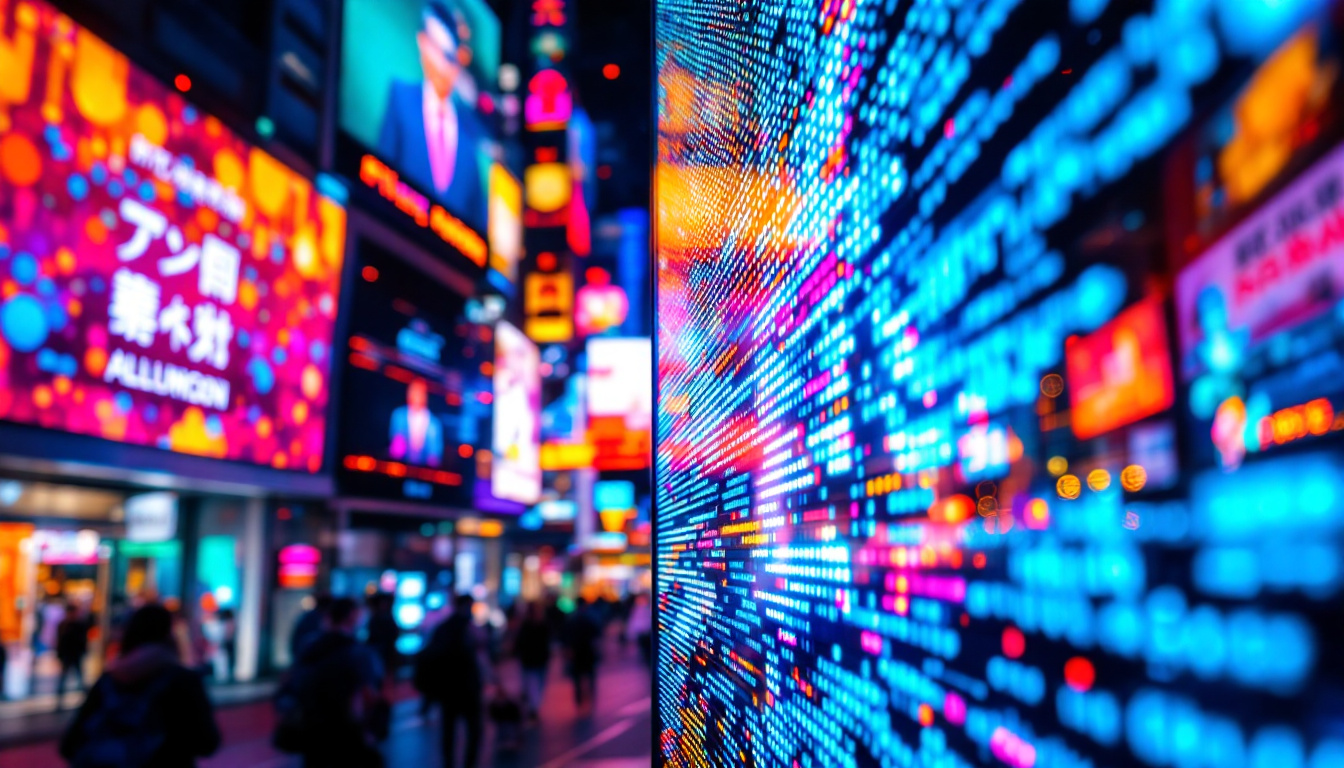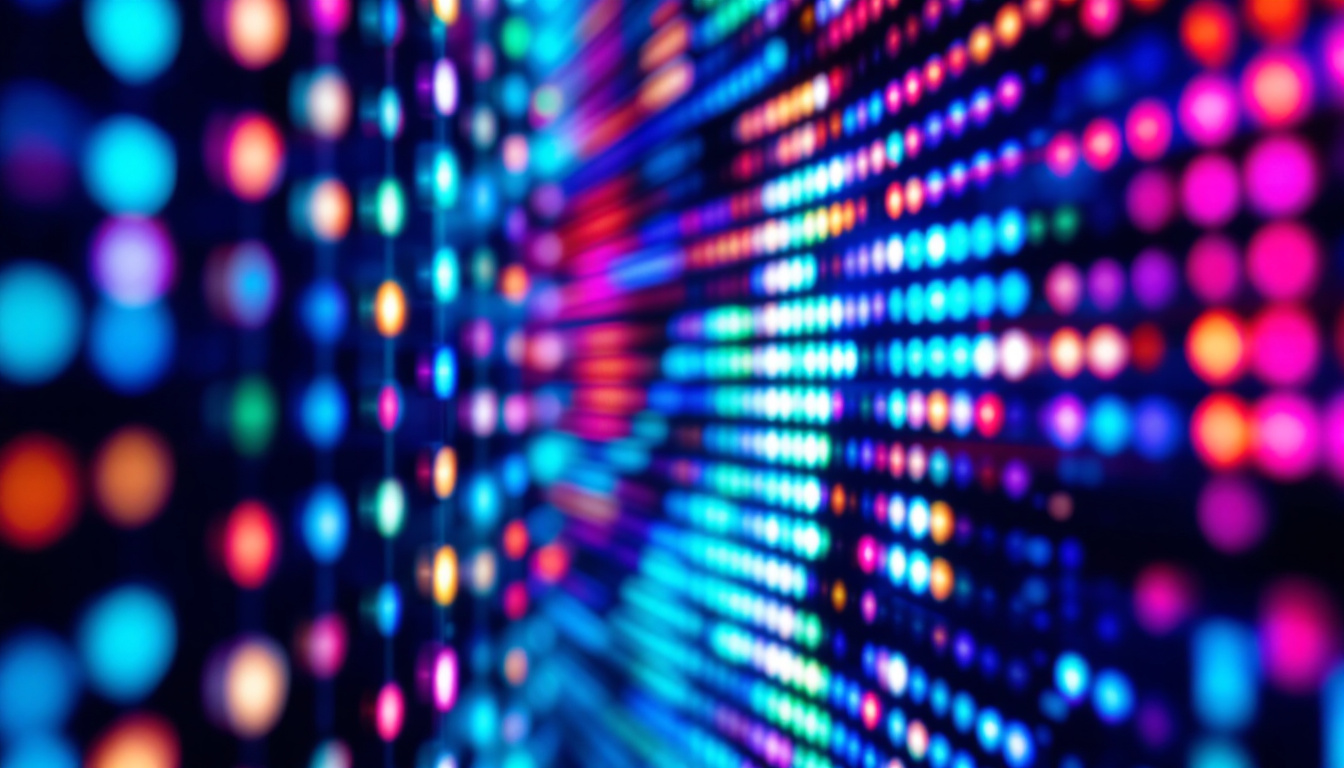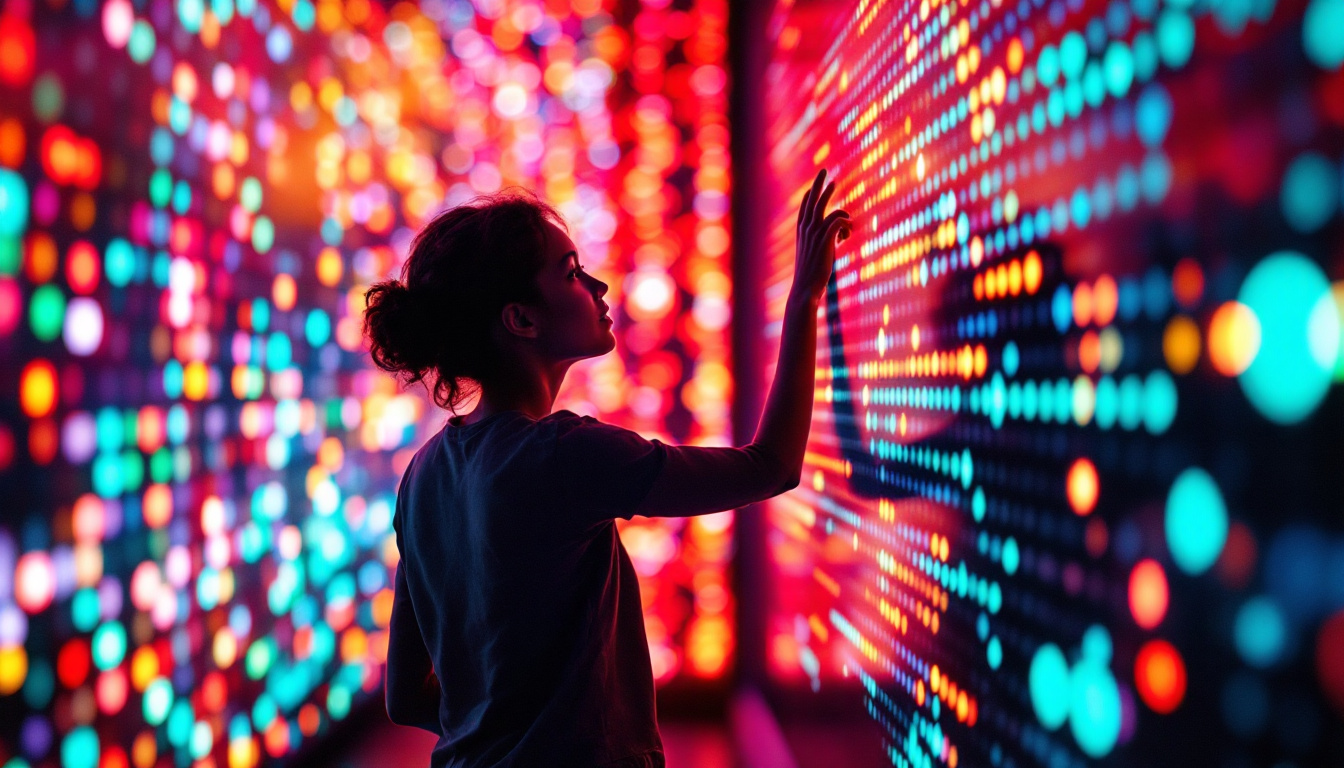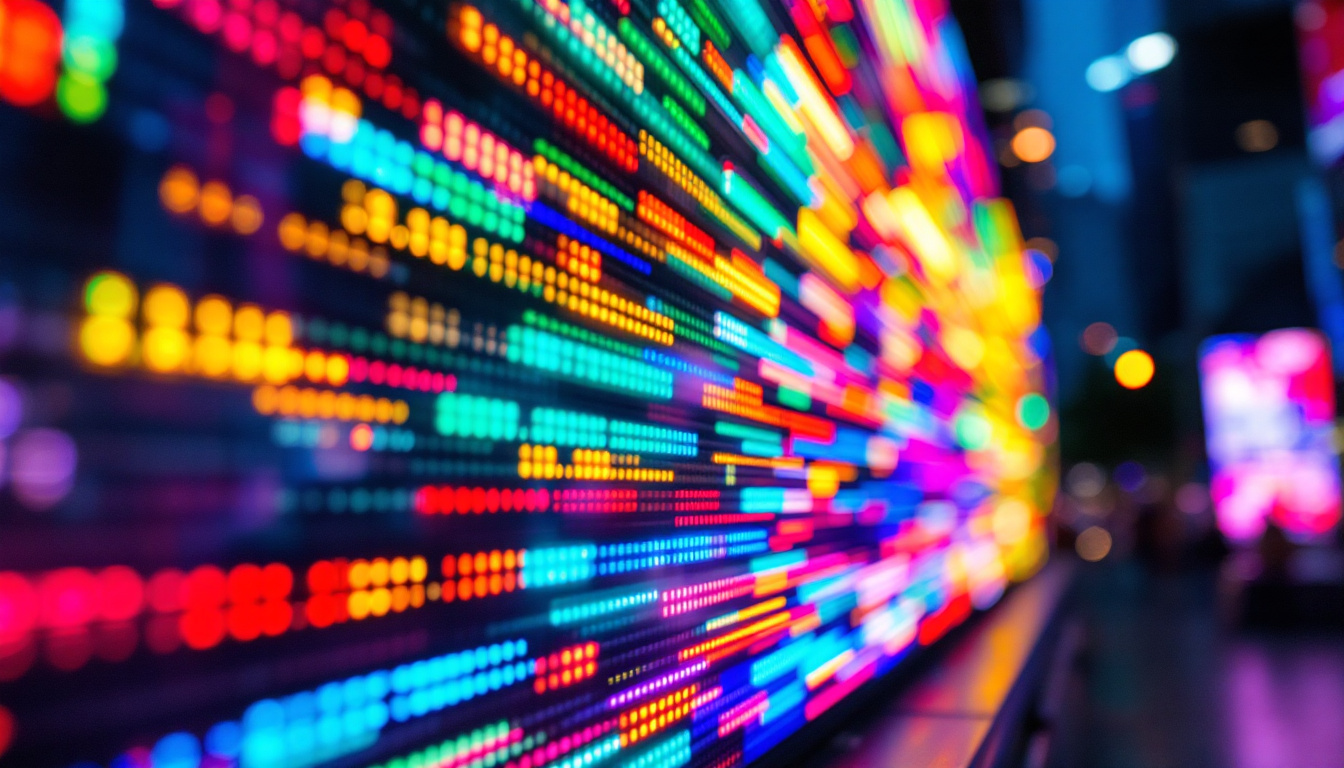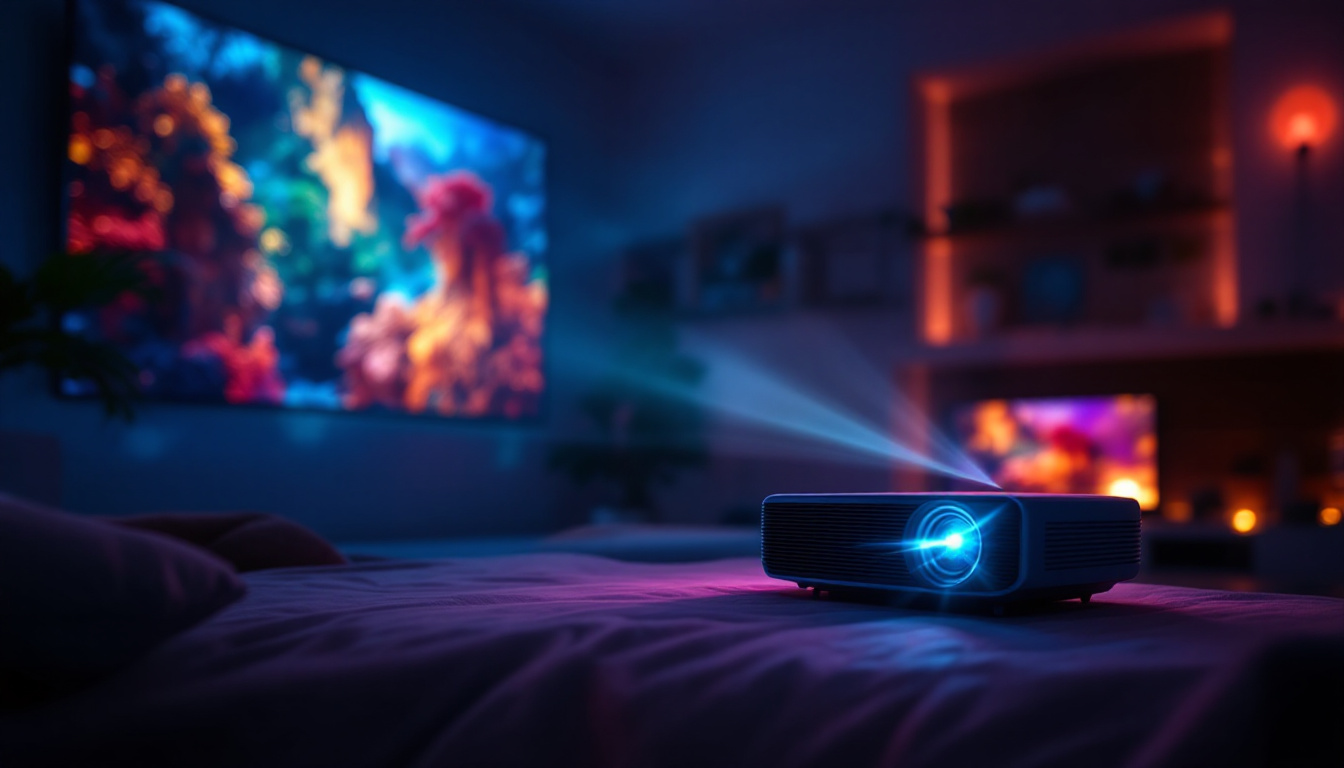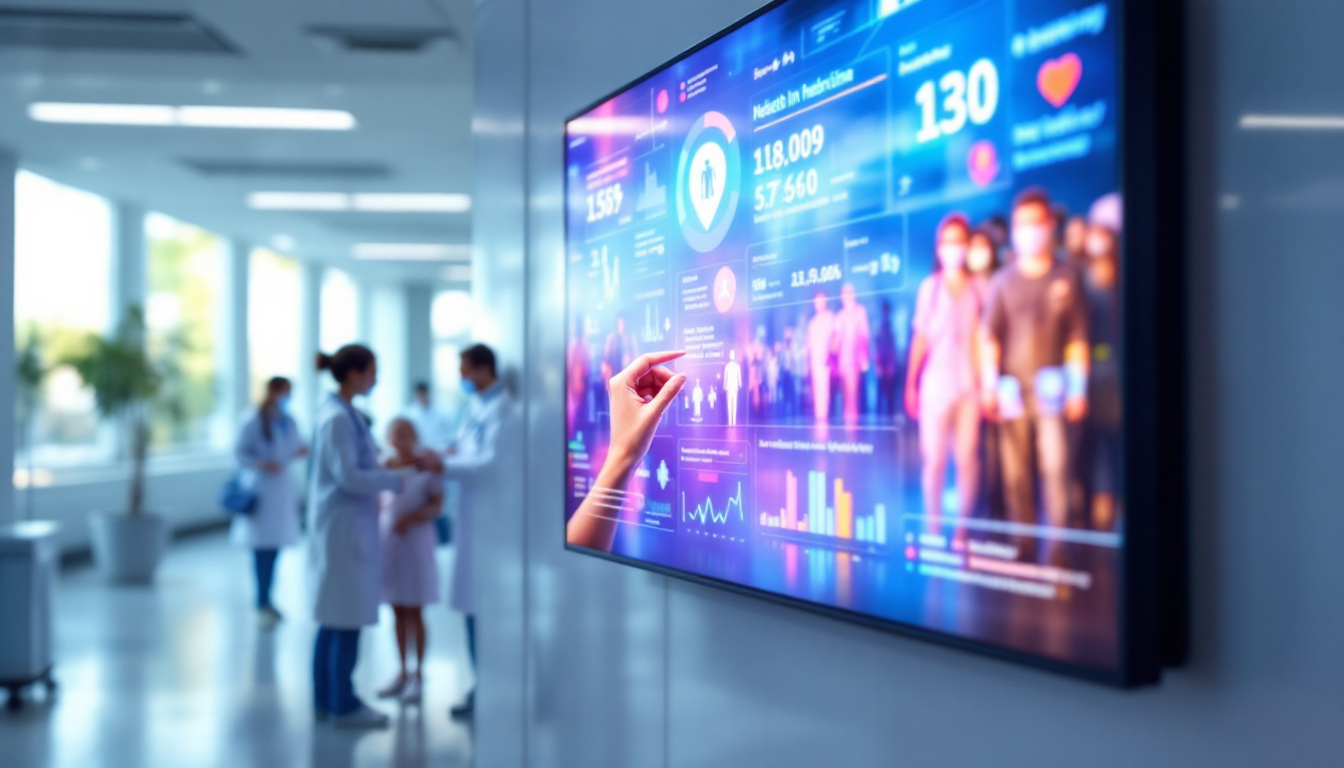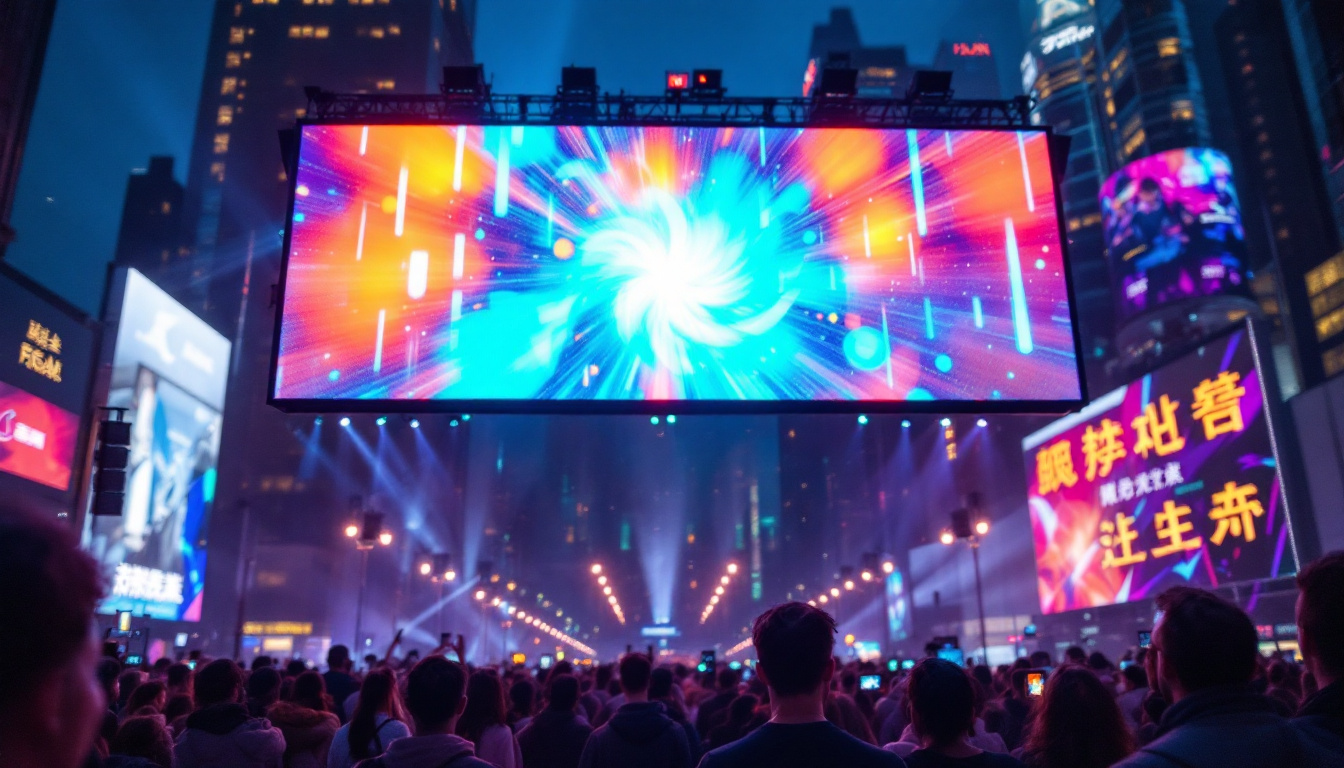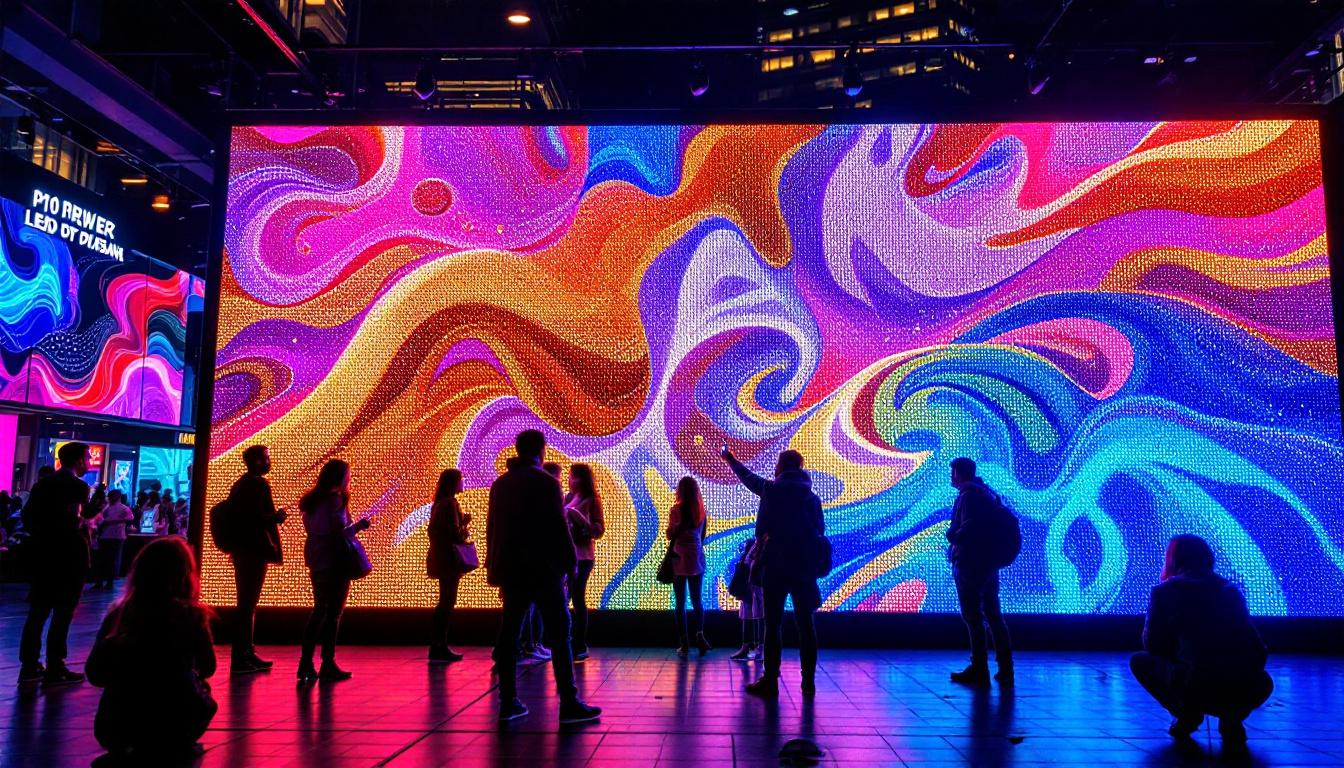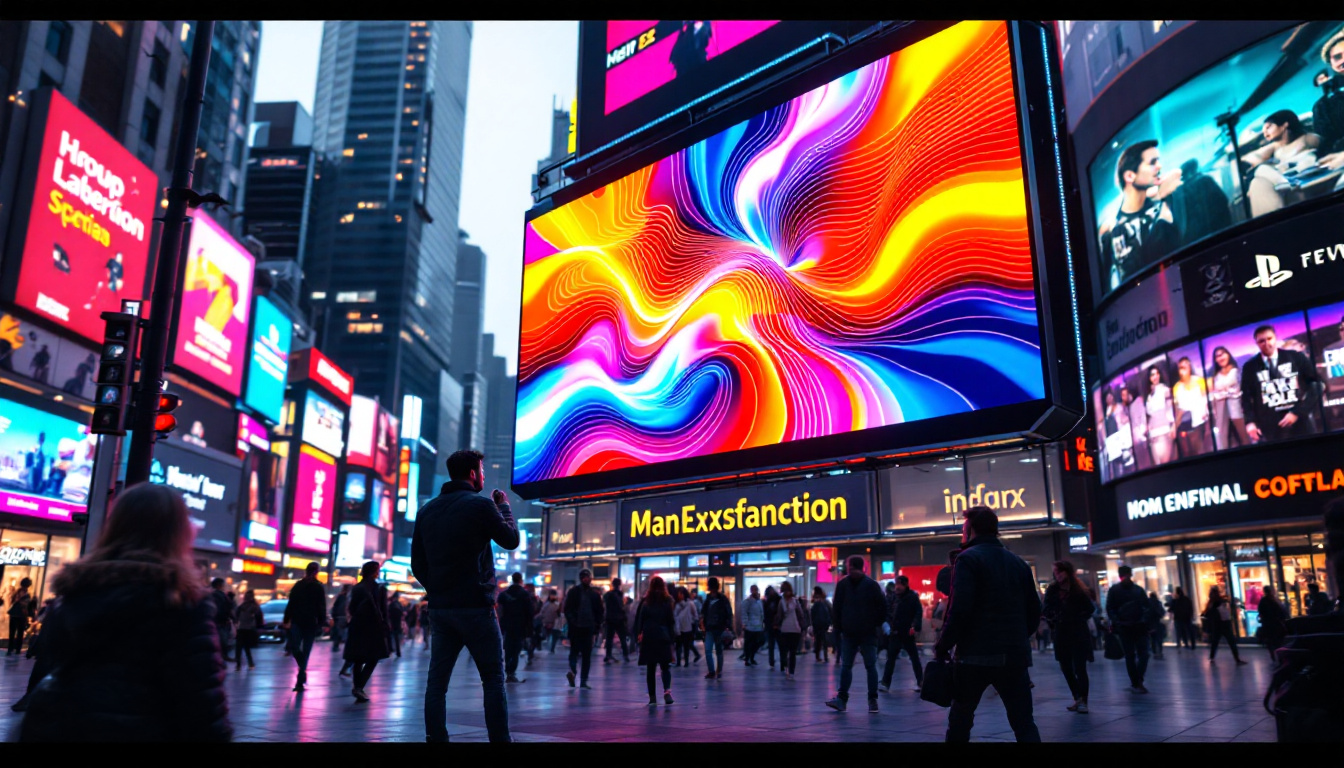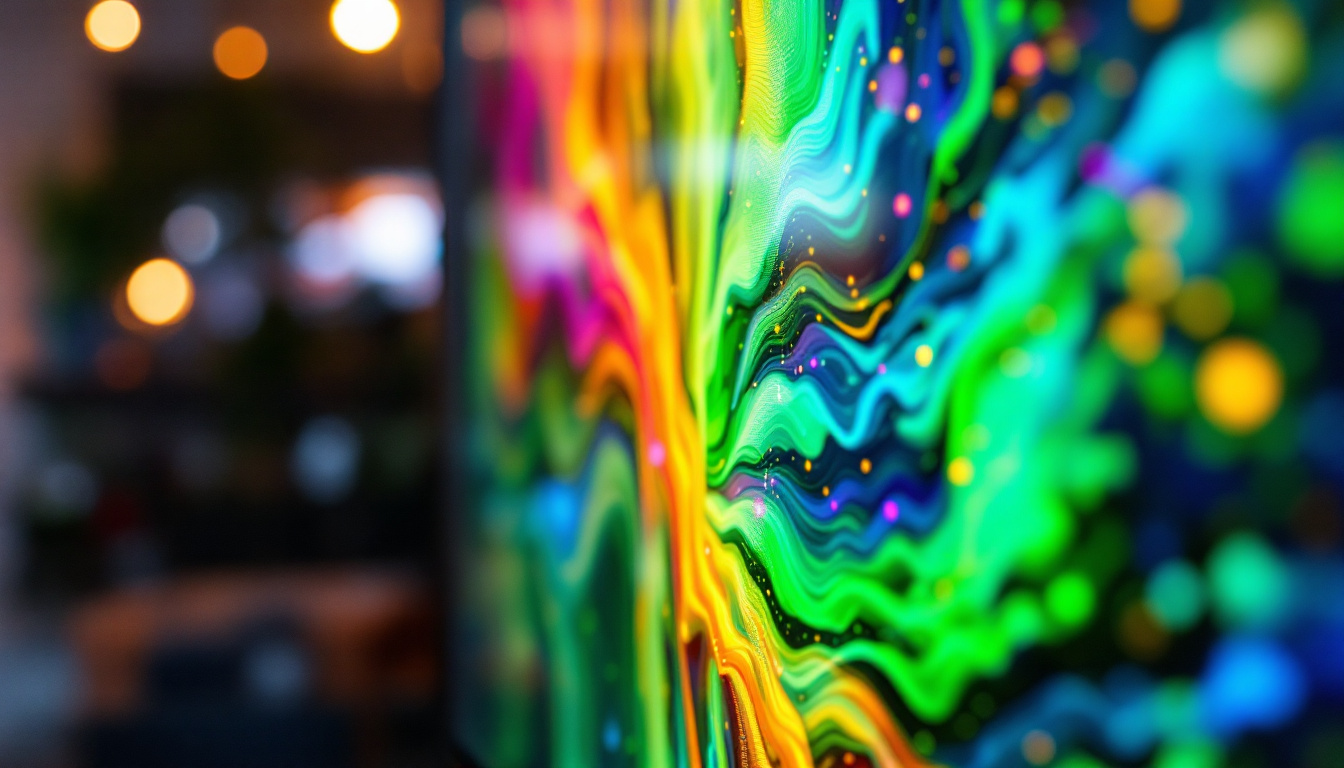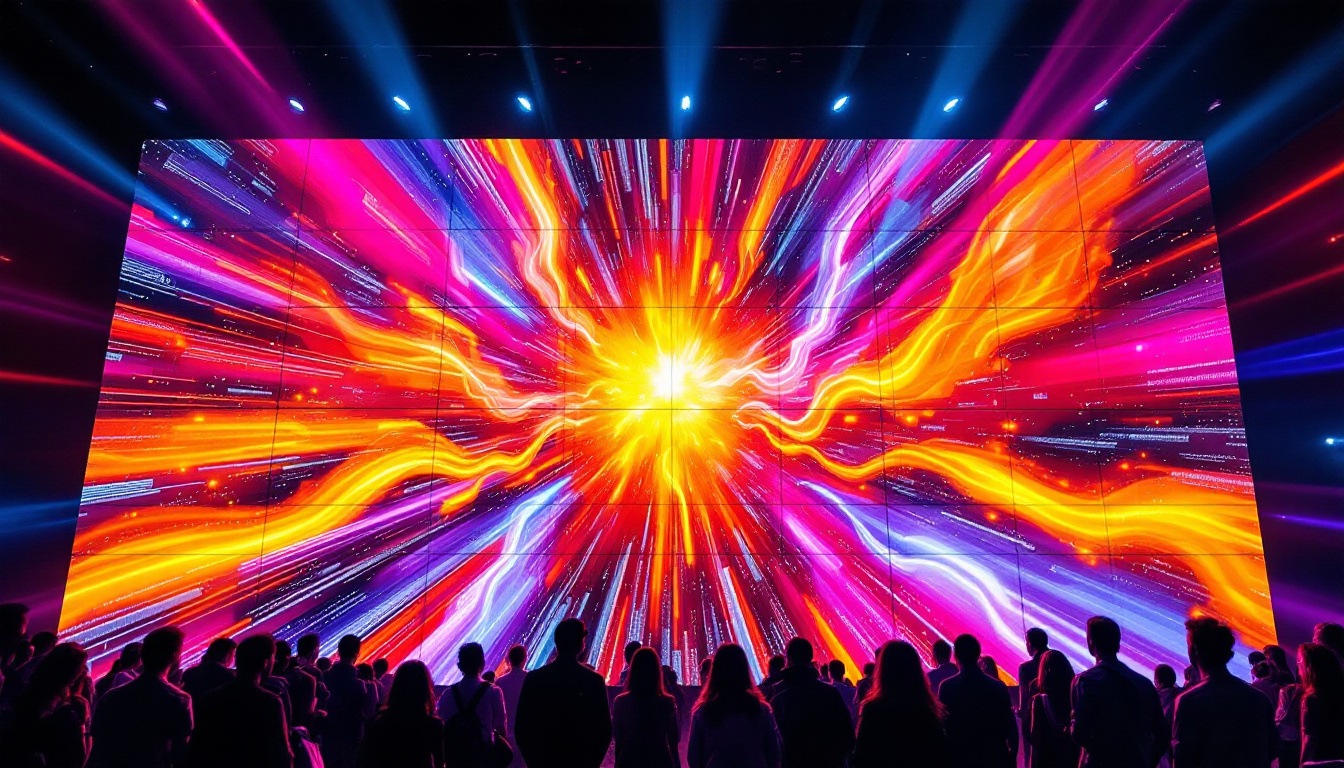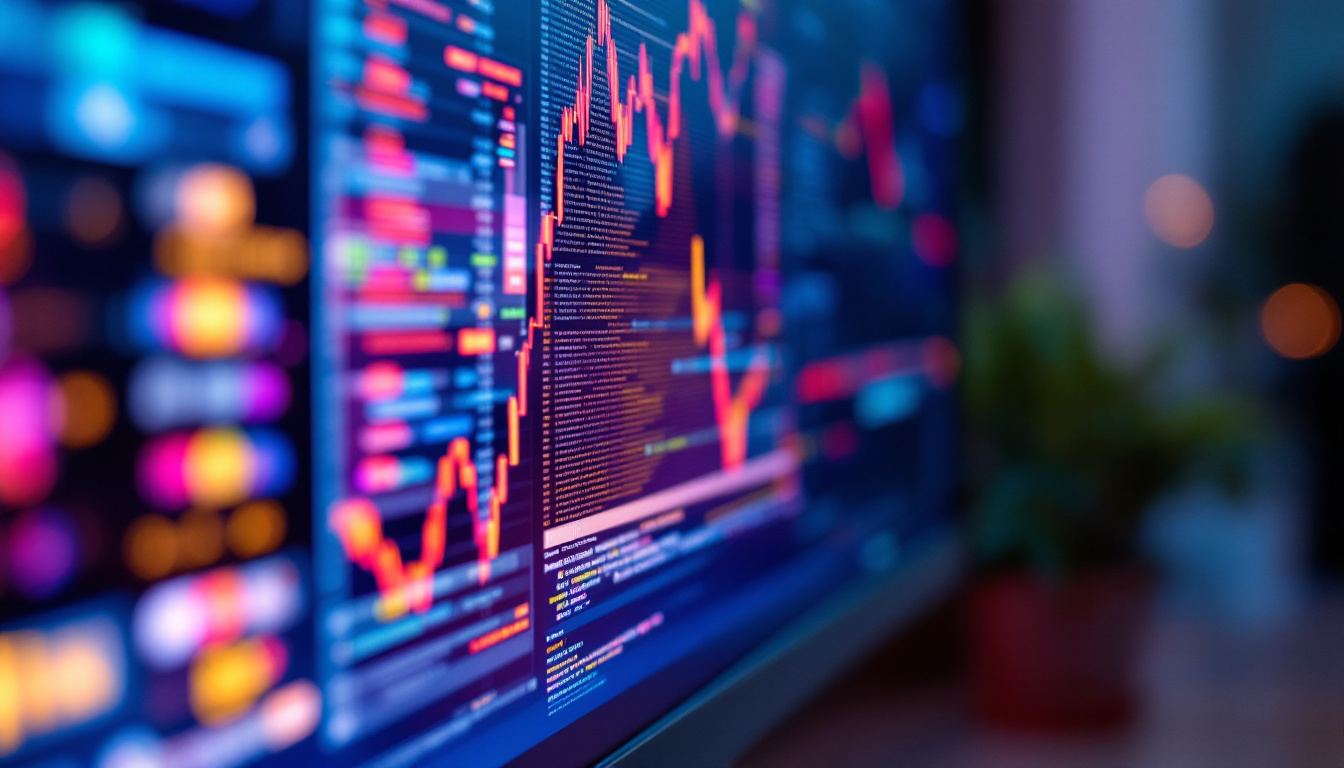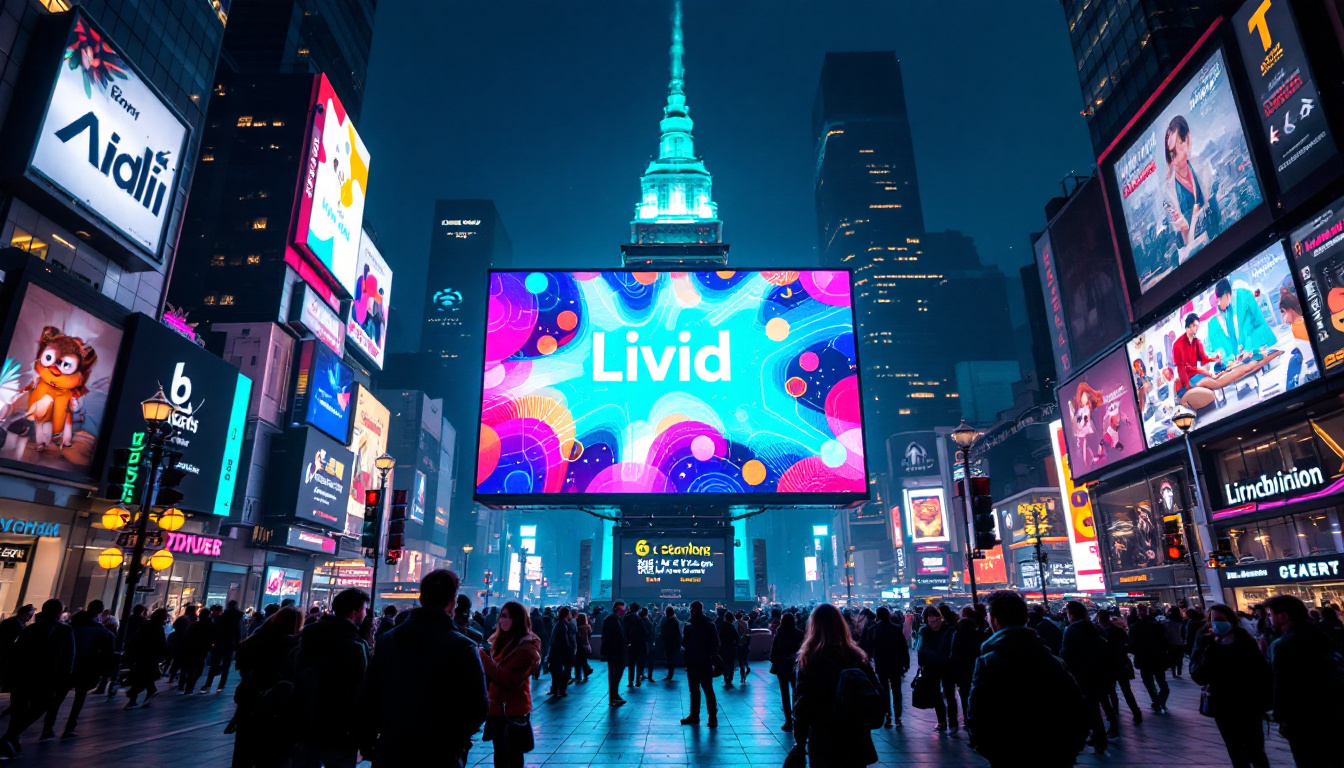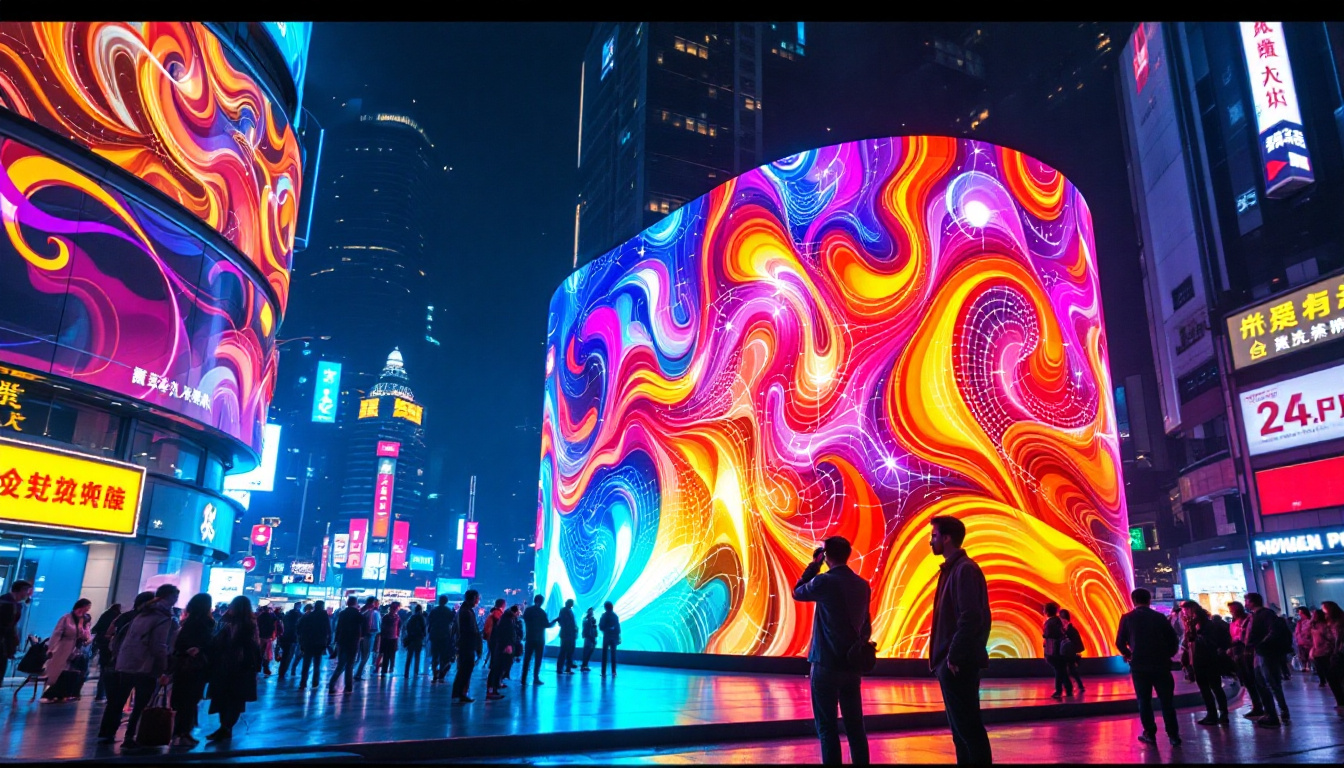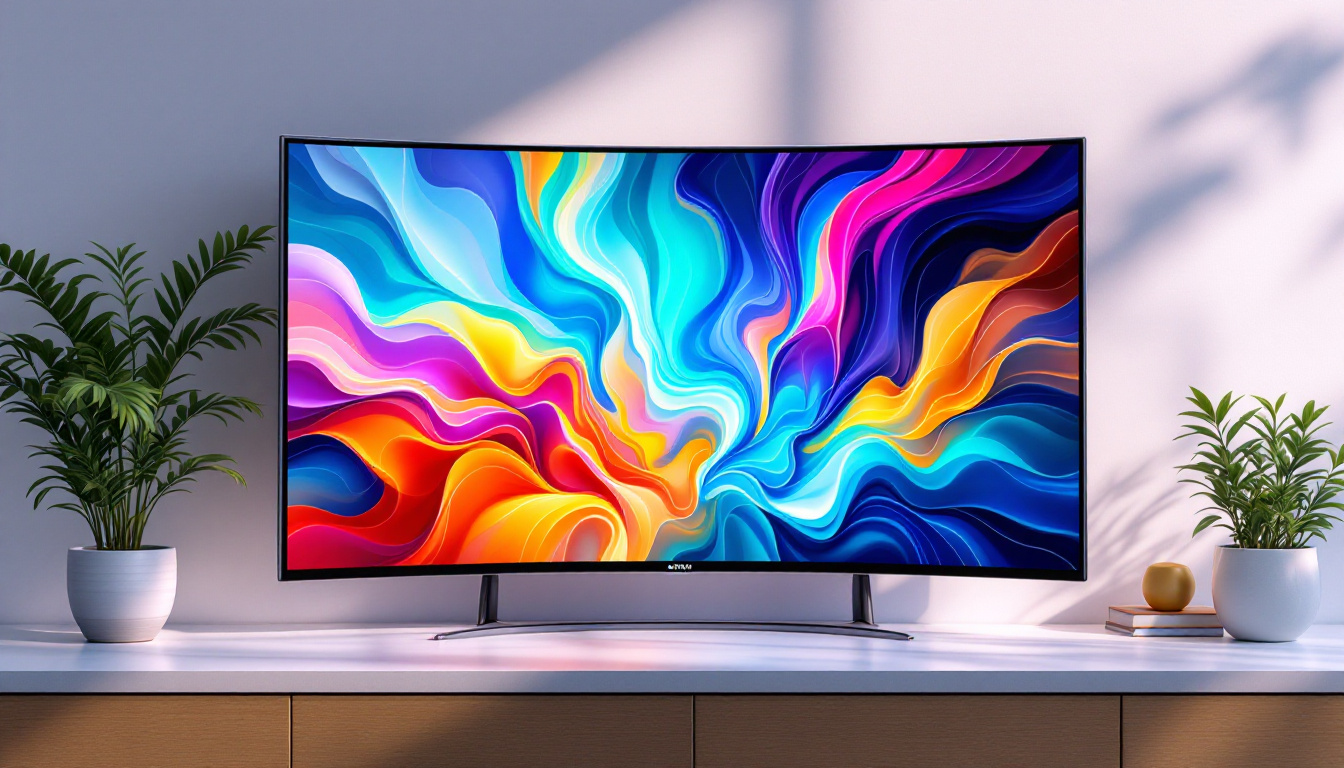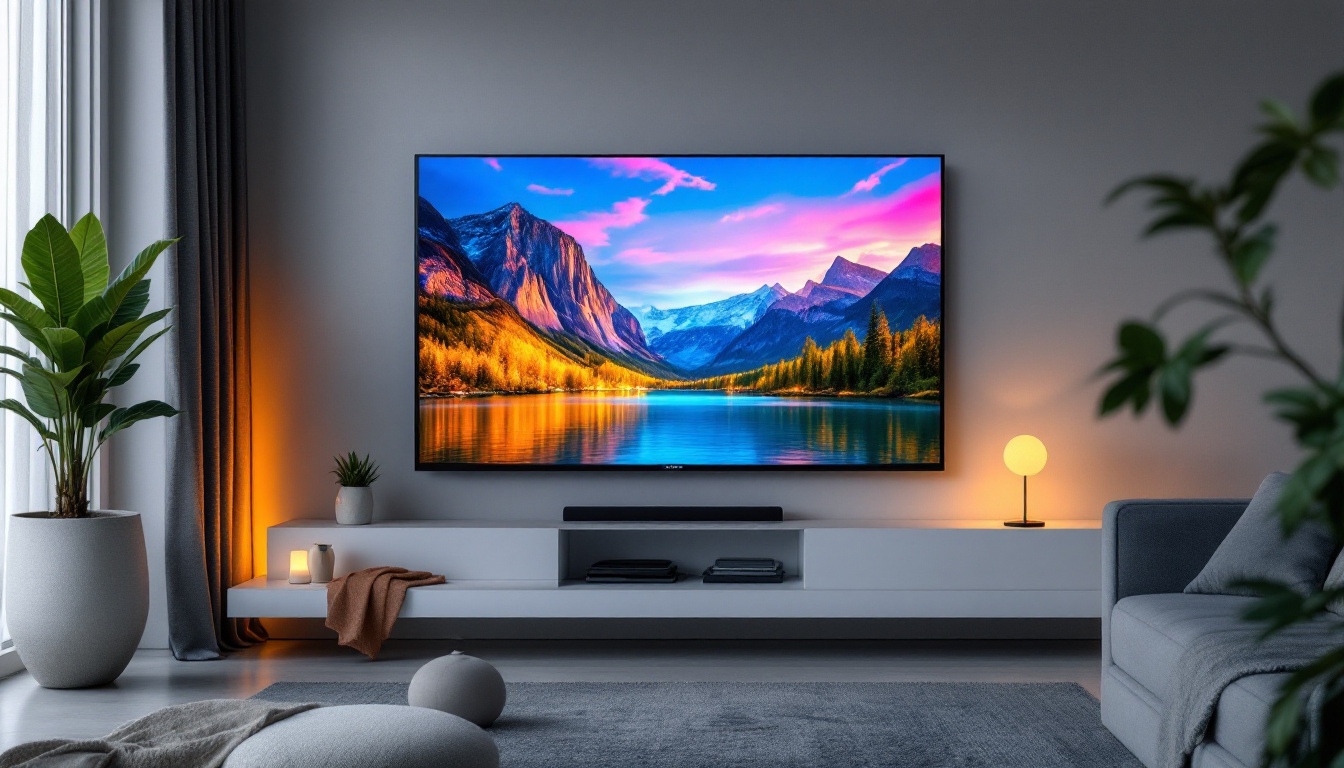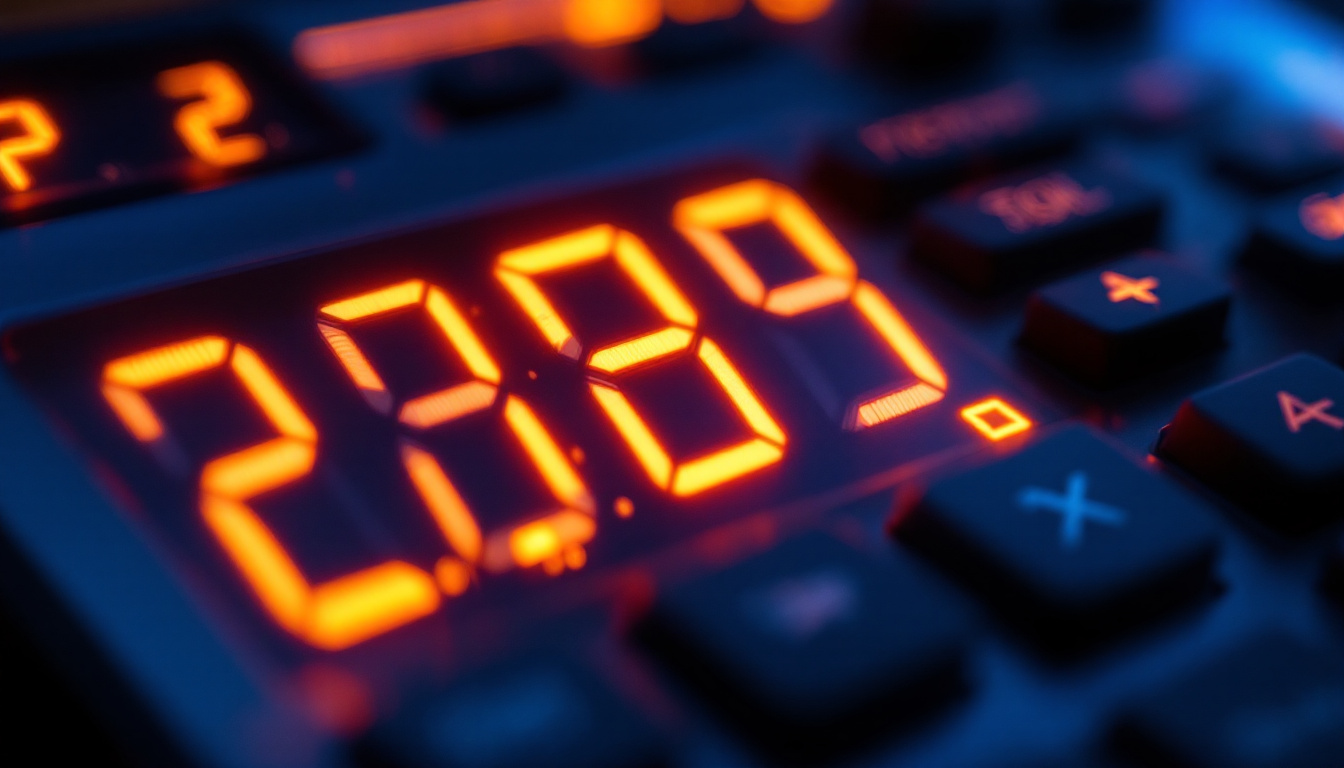Displays To Go: LED Display Explained
In the ever-evolving world of technology, LED displays have emerged as a cornerstone for visual communication. From advertising billboards to television screens, these displays have transformed how information is conveyed and consumed. This article delves into the intricacies of LED displays, exploring their technology, applications, and advantages.
Understanding LED Technology
Light Emitting Diodes (LEDs) are semiconductor devices that emit light when an electric current passes through them. The technology behind LEDs has advanced significantly over the years, leading to the development of various types of LED displays. These displays are characterized by their brightness, energy efficiency, and versatility. The rapid evolution of LED technology has not only transformed the way we experience visual media but has also contributed to significant energy savings across various sectors, making them a preferred choice in both commercial and residential applications.
How LED Displays Work
At the core of an LED display are tiny diodes that emit light in response to electrical signals. Each diode can produce different colors by adjusting the voltage applied to it. By combining red, green, and blue (RGB) LEDs, a full spectrum of colors can be created. This color mixing is what allows LED displays to produce vibrant images and videos. The precision in controlling these diodes enables displays to achieve high levels of brightness and clarity, even in challenging lighting conditions, such as direct sunlight.
The arrangement of these diodes can vary, leading to different display types. For instance, a common configuration is the RGB pixel, where each pixel consists of three diodes. This configuration allows for high-resolution images and smooth color transitions, making LED displays ideal for dynamic content. Additionally, advancements in technology have led to the development of pixel pitch, which refers to the distance between the center of one pixel to the center of the next. A smaller pixel pitch results in higher resolution and is particularly advantageous for applications that require close viewing distances, such as indoor advertising screens and event displays.
Types of LED Displays
LED displays come in various forms, each tailored for specific applications. The most prevalent types include:
- Direct View LED Displays: These displays consist of individual LEDs arranged in a grid. They are commonly used for large outdoor screens, such as digital billboards. Their ability to maintain brightness and clarity over long distances makes them ideal for advertising and public announcements.
- LED Backlit Displays: These displays use LEDs to provide backlighting for LCD screens. They are widely used in televisions and computer monitors, enhancing brightness and color accuracy. The use of LED backlighting has also allowed manufacturers to create thinner and lighter screens, revolutionizing the design of modern devices.
- Organic LED (OLED) Displays: OLED technology uses organic compounds that emit light when energized. These displays are known for their exceptional contrast ratios and flexibility, making them suitable for smartphones and high-end televisions. The self-emissive nature of OLEDs allows for deeper blacks and more vibrant colors, as each pixel can be turned on or off independently, resulting in an unparalleled viewing experience.
In addition to these common types, there are also specialized LED displays designed for niche applications. For example, transparent LED displays are gaining popularity in retail environments, allowing for eye-catching advertising while maintaining visibility through the glass. Similarly, flexible LED displays are being explored for innovative uses in architecture and design, enabling creative installations that were previously unimaginable. As LED technology continues to evolve, it opens up new possibilities for how we interact with visual content in our everyday lives.
Applications of LED Displays
LED displays have found their way into numerous industries, revolutionizing how information is presented. Their applications are vast and varied, showcasing their adaptability and effectiveness.
Advertising and Marketing
One of the most prominent uses of LED displays is in advertising. Digital billboards, storefront displays, and event signage utilize LED technology to attract attention and convey messages effectively. The ability to change content quickly allows advertisers to tailor their messages to specific audiences or events, maximizing engagement.
Moreover, the brightness and clarity of LED displays ensure that advertisements are visible even in bright daylight, making them a preferred choice for outdoor marketing strategies.
Entertainment and Events
In the entertainment industry, LED displays have become essential for concerts, festivals, and sporting events. Large LED screens provide audiences with an immersive experience, displaying live feeds, graphics, and animations. The flexibility of LED technology allows for creative stage designs and dynamic visual effects that enhance performances.
Additionally, LED displays are used in cinemas and theaters, where they contribute to high-quality visual experiences. The ability to produce deep blacks and vibrant colors makes them ideal for showcasing films and theatrical productions.
Corporate and Educational Use
LED displays have also made significant inroads into corporate and educational environments. In corporate settings, they are used for presentations, video conferencing, and information displays. Their clarity and brightness ensure that information is easily visible to all attendees, regardless of the lighting conditions.
In educational institutions, LED displays serve as interactive teaching tools. They can display educational content, facilitate group discussions, and even enable remote learning experiences. The versatility of LED technology enhances the learning environment and fosters engagement among students.
Advantages of LED Displays
The popularity of LED displays can be attributed to several advantages that set them apart from traditional display technologies. Understanding these benefits can help organizations and individuals make informed decisions when investing in display solutions.
Energy Efficiency
One of the most significant advantages of LED displays is their energy efficiency. Compared to traditional incandescent or fluorescent displays, LEDs consume significantly less power. This efficiency not only reduces energy costs but also contributes to a lower carbon footprint, making LED displays an environmentally friendly choice.
Furthermore, the longevity of LED technology means that displays require less frequent replacement, further enhancing their cost-effectiveness over time.
Brightness and Visibility
LED displays are known for their exceptional brightness, making them suitable for various lighting conditions. Whether in direct sunlight or dimly lit environments, LED displays maintain clarity and visibility. This feature is particularly advantageous for outdoor applications, where traditional displays may struggle to compete with ambient light.
Additionally, the high contrast ratios of LED displays contribute to improved visibility, ensuring that content is easily readable from a distance.
Versatility and Flexibility
The versatility of LED displays allows them to be used in a wide range of applications. From large outdoor billboards to small indoor screens, LED technology can be adapted to meet various needs. This flexibility extends to the design of the displays themselves, with options for curved, transparent, and modular configurations.
Moreover, advancements in technology have led to the development of flexible LED displays that can be bent or shaped to fit unique spaces, opening up new possibilities for creative installations.
Challenges and Considerations
While LED displays offer numerous advantages, there are also challenges and considerations that potential users should be aware of. Understanding these factors can aid in making informed decisions about LED display investments.
Initial Costs
Although LED displays are cost-effective in the long run, their initial purchase price can be higher than that of traditional display technologies. Organizations must weigh the upfront investment against the potential savings in energy costs and maintenance over time.
However, as technology advances and production processes improve, the costs of LED displays have been decreasing, making them more accessible to a wider range of consumers.
Maintenance and Repairs
While LED displays are generally reliable, they are not immune to issues such as pixel failure or damage from external factors. Regular maintenance is essential to ensure optimal performance and longevity. Organizations should consider the availability of technical support and repair services when investing in LED display solutions.
Additionally, the complexity of some LED systems may require specialized knowledge for repairs, potentially leading to higher maintenance costs if not managed properly.
Future Trends in LED Display Technology
The LED display industry is continuously evolving, with new trends and innovations emerging regularly. Keeping an eye on these developments can provide insights into the future of visual communication.
Advancements in Resolution
As consumer demand for high-quality visuals increases, manufacturers are focusing on improving the resolution of LED displays. High-definition (HD) and ultra-high-definition (UHD) displays are becoming the standard, offering sharper images and more detailed content. This trend is particularly relevant for applications in entertainment, advertising, and education, where clarity is paramount.
Furthermore, the introduction of microLED technology promises even greater resolution and color accuracy, paving the way for next-generation displays that could redefine visual experiences.
Integration with Smart Technology
The integration of LED displays with smart technology is another trend that is gaining traction. Smart LED displays can connect to the internet, enabling real-time content updates and remote management. This capability is particularly beneficial for advertising and corporate environments, where timely information is crucial.
Additionally, the incorporation of sensors and artificial intelligence (AI) can enhance interactivity and personalization, allowing displays to adapt content based on audience behavior and preferences.
Sustainability Initiatives
As environmental concerns continue to rise, the LED display industry is increasingly focusing on sustainability. Manufacturers are exploring eco-friendly materials and production processes to reduce the environmental impact of their products. This shift towards sustainability not only benefits the planet but also appeals to consumers who prioritize environmentally responsible choices.
Moreover, the development of energy-efficient technologies and recycling programs for old displays are steps towards a more sustainable future in the display industry.
Conclusion
LED displays have revolutionized the way information is presented and consumed across various industries. Their unique technology, versatility, and numerous advantages make them an essential tool for effective communication. While challenges exist, the ongoing advancements in LED technology promise a bright future for displays in both commercial and personal applications.
As the demand for high-quality visuals continues to grow, understanding the intricacies of LED displays will empower organizations and individuals to make informed choices that align with their needs and goals. Embracing this technology not only enhances visual communication but also contributes to a more sustainable and innovative future.
Explore Cutting-Edge LED Solutions with LumenMatrix
Ready to elevate your visual communication with the latest in LED technology? Discover LumenMatrix’s comprehensive range of LED display solutions, from dynamic Indoor and Outdoor LED Wall Displays to innovative Vehicle and Sports LED Displays. Whether you’re looking to create an immersive experience with a Floor LED Display, captivate passersby with an LED Poster, or customize your message with a Custom LED Display, LumenMatrix has the state-of-the-art modules to bring your vision to life. With a commitment to revolutionizing digital signage, LumenMatrix ensures your brand stands out with clarity and impact. Check out LumenMatrix LED Display Solutions today and join the future of visual storytelling.

